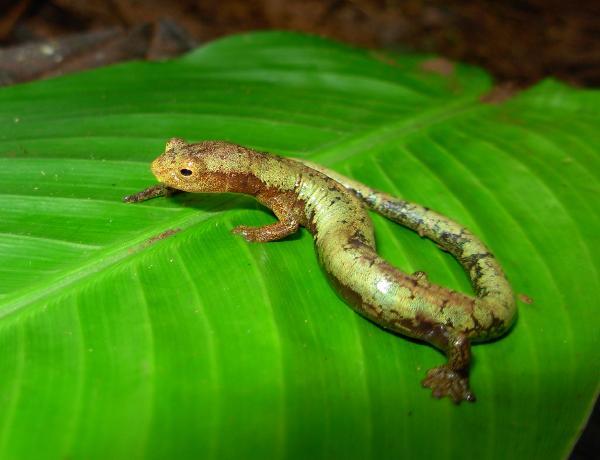ADVERTS
Amphibian Concept
They are animals with two ways of life: Aquatic when they are tadpoles and when they are adults they are terrestrial.
Characteristics
Despite their different appearances, these animals have several similarities:
ADVERTS
- They have moist skin, without scales;
- They have two pairs of legs;
- They are oviparous;
- They undergo metamorphosis, that is, the process of changes in the structure of an organism during the transition from the larval stage to the adult stage.
See the development of a frog

- 1. Fertilized eggs;
- 2. Tadpoles are born;
- 3. The hind legs appear;
- 4. The front legs grow;
- 5. The cause atrophies and the frogs begin to breathe through lungs;
- 6. Adult frog;
Na fase de larva, respiram por brânquias, quando se tornam adultos, respiram por meio de pulmões e através da pele.
Possuem aparelho digestivo em forma de tubo, que se inicia na boca. A boca é bem larga, formando internamente uma grande cavidade. No maxilar superior existem pequenos dentes que servem para agarrar a presa e não para mastigar. Sua língua é presa na parte da frente da boca. Por isso os sapos são excelentes caçadores de insetos.
ADVERTS
The digestive tube is continued by a pharynx, which communicates with a short and wide esophagus. The final portion is the large intestine that opens to the outside of the cloaca.
The heart of these animals has three chambers: Two atria or atria and one ventricle. In the ventricle, a small amount of venous blood mixes with arterial blood; They have sense organs.
In the frog these organs are:
The eyes are protected by three eyelids: upper, lower and transverse. This last one, called nictitating membrane, has the function of moistening and lubricating the eyes, keeping them lubricated.
